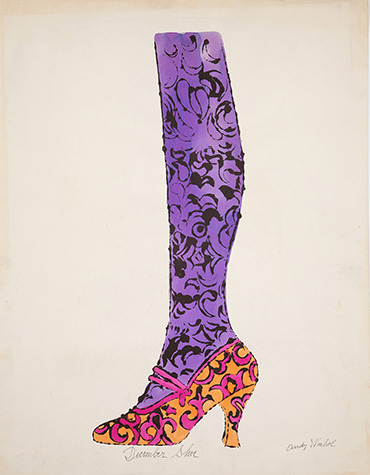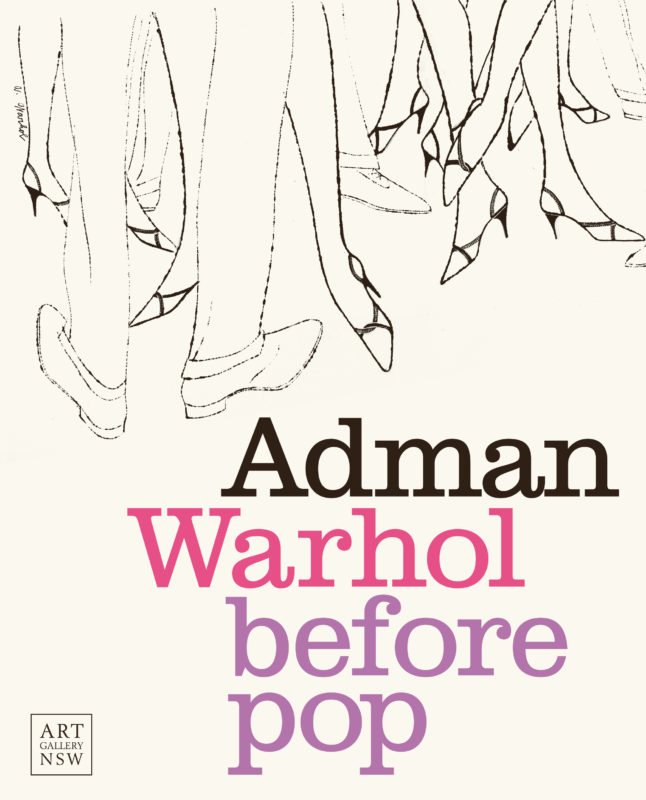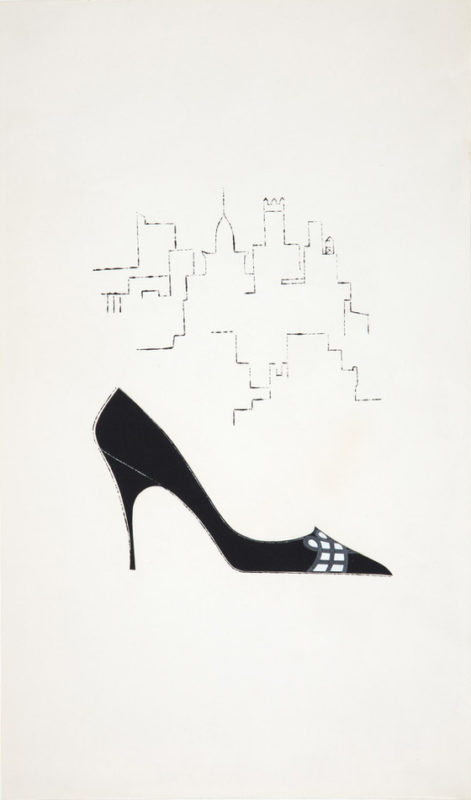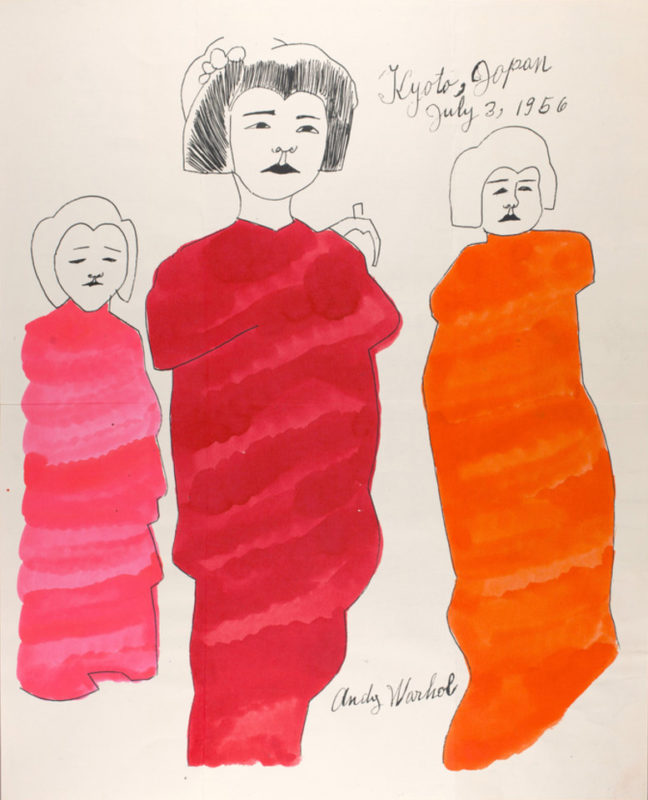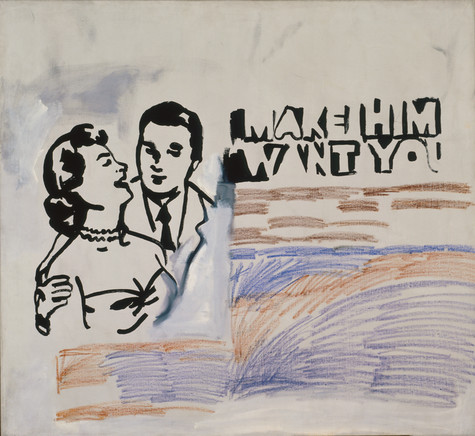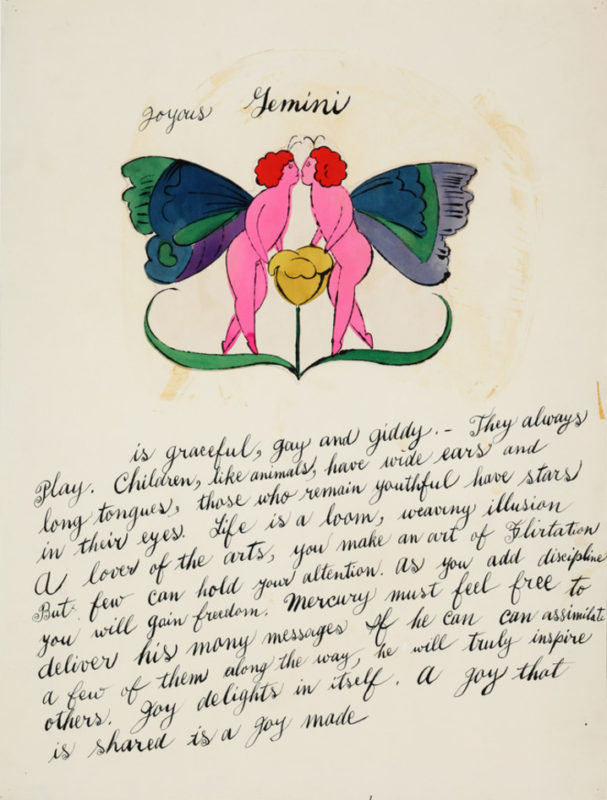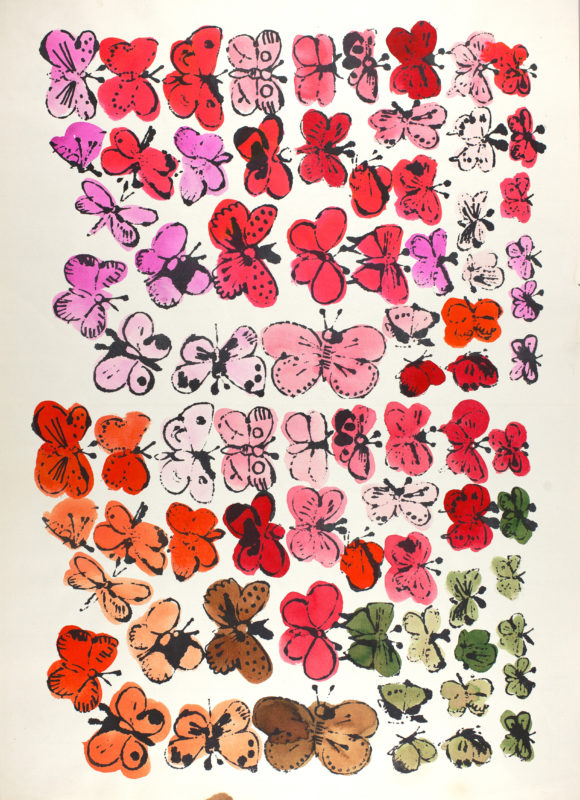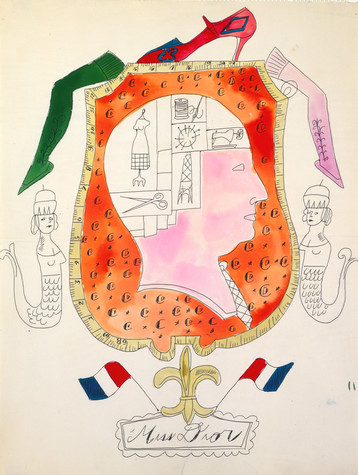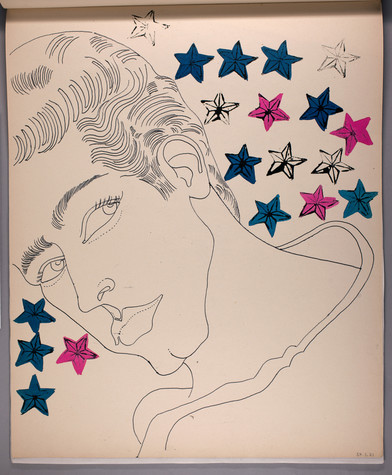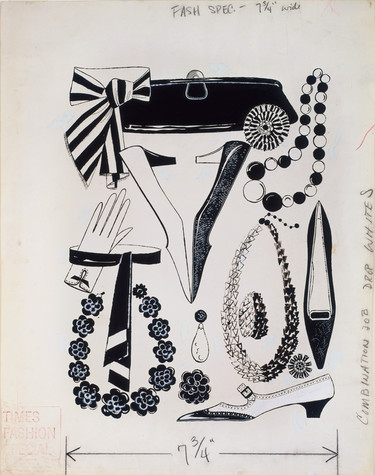With the backdrop of 1950s New York and its burgeoning advertising industry, Adman: Warhol Before Pop focuses on the formative years of one of the 20th century’s most influential artists.
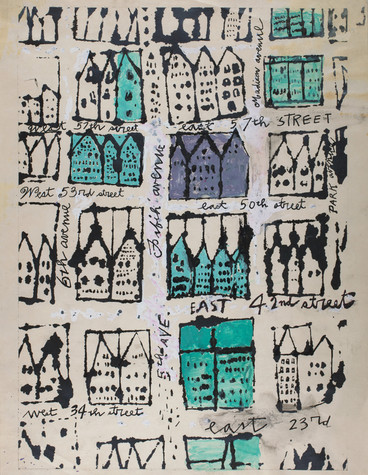
Andy Warhol, New York City Map, 1950s
The Andy Warhol Museum, Pittsburgh; Founding Collection, Contribution The Andy Warhol Foundation for the Visual Arts, Inc.
© The Andy Warhol Foundation for the Visual Arts, Inc.
1998.1.1155
In 1949, at the age of 20, Andy Warhol made the life-changing decision to move to New York City. Having just graduated from Pittsburgh’s Carnegie Institute of Technology—the predecessor of Carnegie Mellon University—with a degree in pictorial design, he could not have arrived at a more opportune time. His new home was the engine room of a rapidly evolving advertising industry centered on Madison Avenue.
Warhol took a playful and unusual approach in his commercial work that emphasized wit and creativity over technical ability. In doing so, he established his own identifiable brand—a whimsical illustration style that appealed to clients who favored the artistic values that it represented. Notably, his work privileged drawing at a time when photography was on the rise. Warhol established this approach with his first New York commission, for the September issue of Glamour magazine. By 1952, he had a roster of clients that included magazines, record labels, and the fashion industry.
